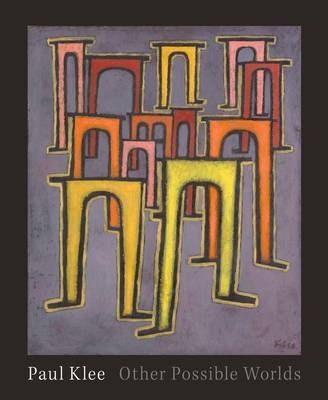
- Retrait gratuit dans votre magasin Club
- 7.000.000 titres dans notre catalogue
- Payer en toute sécurité
- Toujours un magasin près de chez vous
- Retrait gratuit dans votre magasin Club
- 7.000.0000 titres dans notre catalogue
- Payer en toute sécurité
- Toujours un magasin près de chez vous
Description
A new perspective on renowned twentieth-century artist Paul Klee, revealing his enduring creativity in the face of darkness by foregrounding his lesser-known late work Celebrated for his colorful, fantastical paintings, Paul Klee (1879-1940), a pioneer of modernism and expressionism, is regarded as one of the most influential artists of the twentieth century. Though he is remembered for the chromatic style of his most famous works, Klee's late work reflects a dark and dramatic transformation, providing insight into the artist's psychological landscape. Forced to flee Nazi persecution in 1933, Klee faced final years that were marked by exile, illness, and political upheaval. Paul Klee: Other Possible Worlds takes the unsettling last decade of Klee's life as its subject, arguing that he accepted his vulnerability as a strength--one that enabled him to develop a personal rebuff of fascism through a lexicon of abstraction. With 120 illustrations highlighting works from throughout Klee's career, this catalog traces the evolution of his artistic practice and frames his late work in the context of his oeuvre. Essays by leading scholars and curators reexamine Klee's legacy and the importance of his late masterpieces as an artistic defiance against oppression. Published in association with the Jewish Museum, New York Exhibition Schedule: Jewish Museum, New York
(May-July 2026)
(May-July 2026)
Spécifications
Parties prenantes
- Auteur(s) :
- Editeur:
Contenu
- Nombre de pages :
- 176
- Langue:
- Anglais
Caractéristiques
- EAN:
- 9780300285444
- Date de parution :
- 24-03-26
- Format:
- Livre relié
- Format numérique:
- Genaaid
- Dimensions :
- 229 mm x 279 mm

Les avis
Nous publions uniquement les avis qui respectent les conditions requises. Consultez nos conditions pour les avis.






